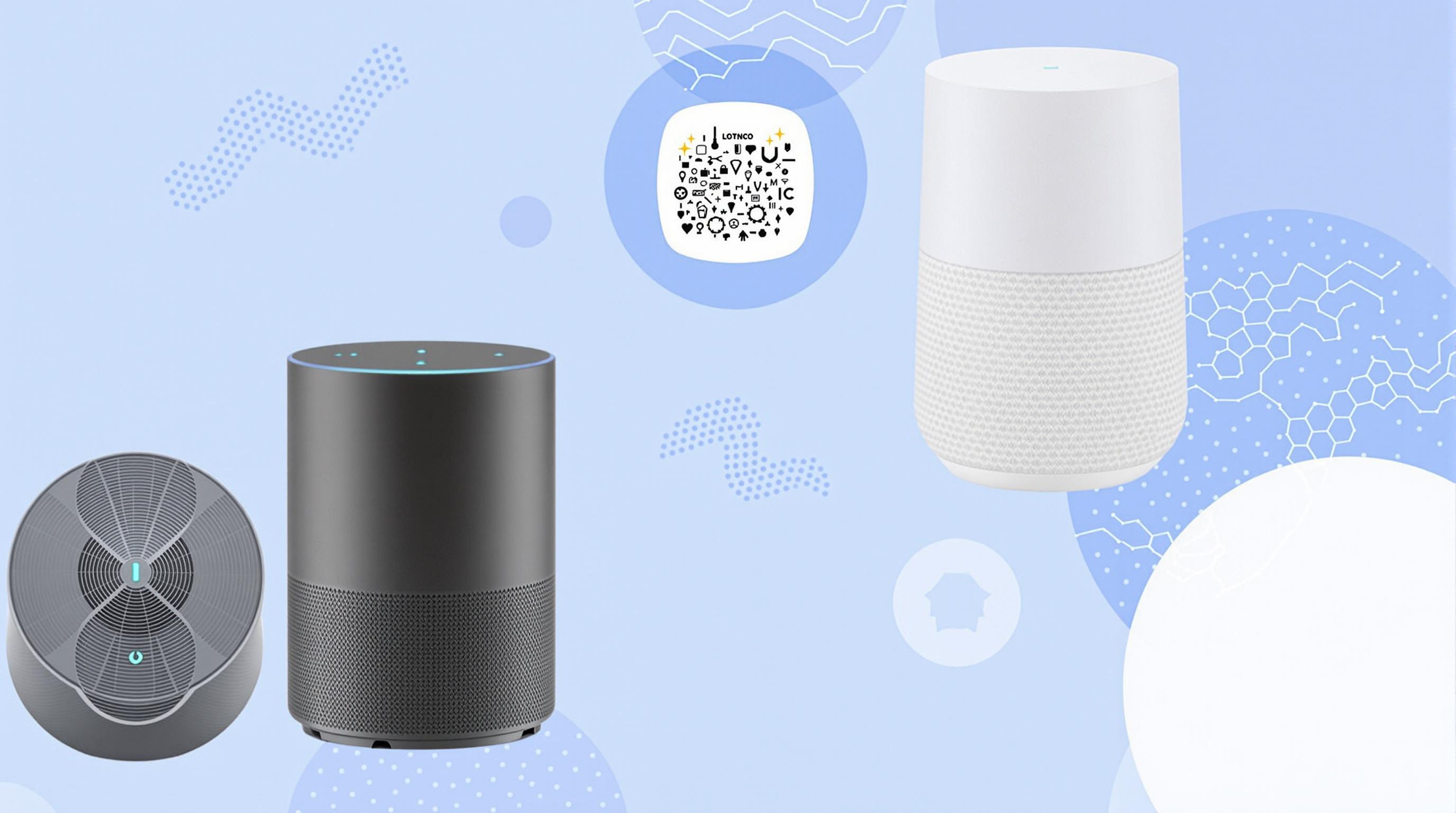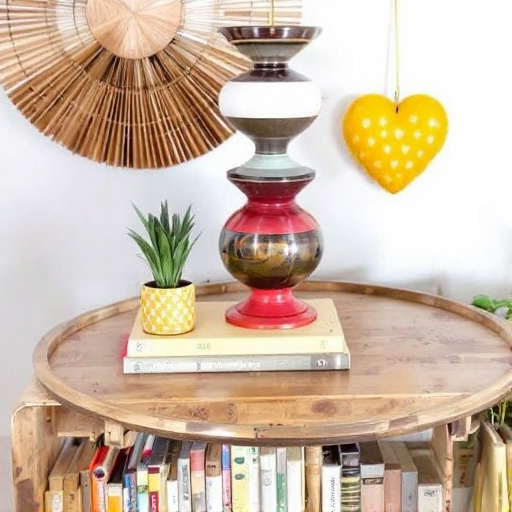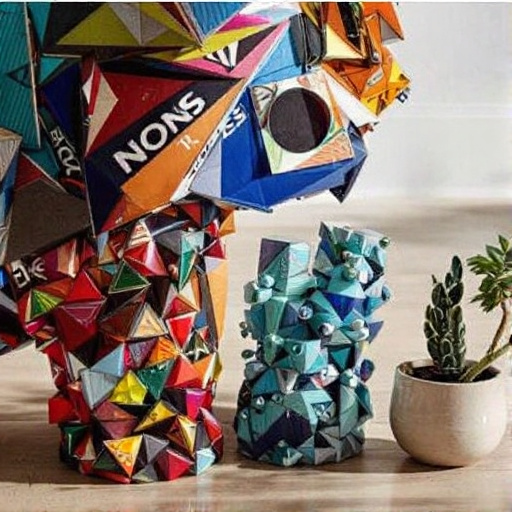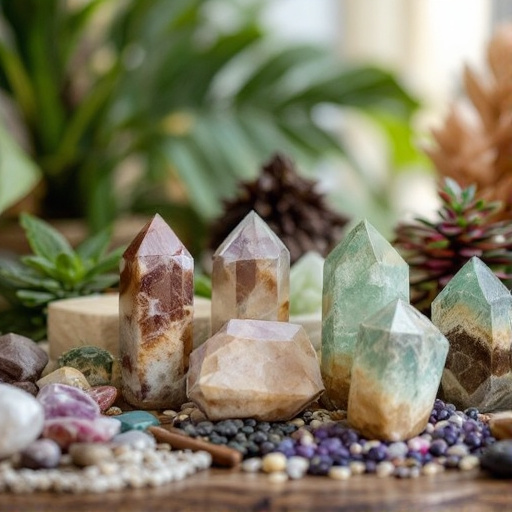Featured Articles
- Quirky Home Accessories: Unpacking the Rise of Functionally Strange Design Trends in 2023
- "Quirky Upcycling: Transforming Vintage Finds into Must-Have Home Accessories"
- The Rise of Sustainable Home Accessories: Transforming Waste into Chic Décor
- The Rise of Upcycled Home Accessories: Turning Trash into Treasure for Eco-Conscious Living
- The Surprising Rise of Eco-Friendly Funeral Home Accessories: A Sustainable Send-Off for Modern Living
The Rise of Upcycled Home Accessories: Turning Trash into Treasure for Eco-Conscious Living
The Rise of Upcycled Home Accessories: Turning Trash into Treasure for Eco-Conscious Living
As the world grapples with the escalating crisis of waste, the rise of upcycled home accessories offers a beacon of hope for eco-conscious living. This article explores the transformative journey of trash to treasure, highlighting innovative designs, impactful statistics, and the vibrant community responsible for this movement.
The Upcycling Revolution: What is It?
Upcycling refers to the process of transforming waste materials or unwanted products into new, higher-quality items. Unlike recycling, which often compromises original materials to create something new, upcycling preserves value by converting discarded goods into creative home pieces that not only look good but also serve a purpose. According to a report by the Ellen MacArthur Foundation, approximately 92% of the materials we extract and use are never recycled, which underscores the urgent need for methods like upcycling.
The New Aesthetic: Examples of Upcycled Accessories
Let’s play a game of "Guess the Upcycled Material." Ever thought that an old ladder could become a stylish bookshelf? Or that glass bottles might turn into chic pendant lights? One popular upcycling trend is using reclaimed wood, which can be crafted into anything from picture frames to tabletops. Brands like West Elm have embraced this trend, offering furniture lines made from salvaged materials. A 2022 survey revealed that about 50% of consumers prefer home décor that is sustainably sourced and unique, further amplifying the appeal of upcycling.
The Heart of Upcycling: Personal Stories
Sara, a 26-year-old artist living in Portland, shares how her passion for upcycling began. "I stumbled upon a heap of old wooden pallets at a construction site," says Sara. “My roommate and I decided to transform them into a coffee table. It led to a small Etsy shop that now features everything from planters made from recycled cans to wall art sourced from vintage magazines.” Sara’s story reflects the journey of countless creatives who find profound satisfaction in breathing new life into discarded objects.
Embracing Sustainability: The Environmental Impact
It is paramount to recognize the environmental impact of upcycling. According to a study commissioned by the Global Footprint Network, the average American produces about 1,600 pounds of waste annually—that’s roughly the weight of an adult cow! Upcycling effectively reduces this waste. For instance, turning old jeans into a stylish handbag not only decreases landfill waste but also diminishes the need for new resource-intensive materials.
Humor in Upcycling: The Good, The Bad, and The Ugly!
Have you ever seen a garden gnome made from an old microwave? Okay, maybe that’s a bit of a stretch, but upcycling can often lead to imaginatively odd results! Sometimes, we attempt to repurpose items that don’t exactly scream "home décor," and the results can be rather amusing. Just think of the TikTok trends showcasing bizarre upcycling fails—a toilet seat as a picture frame, perhaps? But that’s the fun of it! The world of upcycling encourages creativity, even if it’s occasionally cringeworthy.
Crafting Community: Upcycled Markets and Workshops
Across the globe, cities host markets that showcase upcycled goods, where artisans gather to share their crafts. From the bustling streets of Brooklyn to the sunny markets of San Francisco, upcycled fairs have become hotspots for eco-friendly shoppers. “We invite the community to bring their own trash and join in our workshops,” says Mike, an organizer of the Upcycle Fair in Boston. “It’s engaging, it’s educational, and let’s be honest, who doesn’t love a good treasure hunt?” Studies show that such interactions increase community spirit and awareness about sustainable practices.
Statistics that Speak
Are you ready for some revelatory numbers? According to a recent survey by Sustainably Chic, 75% of respondents aged 18-35 expressed a strong interest in upcycled home accessories. That’s a demographic craving creativity, sustainability, and originality! Furthermore, the global market for upcycled products is estimated to reach $532 billion by 2025, proving that a passion for upcycling is not only good for the planet, but it is becoming a lucrative business endeavor as well.
The Ultimate DIY: Crafting Your Own Upcycled Items
If Sara’s journey inspires you, why not embark on your own DIY upcycling adventure? Start by digging through your closets or storage areas to find items you no longer use. Here are a few easy projects to kick-start your journey:
- Wine Cork Bulletin Board: Glue wine corks to a framed board to create a chic bulletin board.
- Teacup Candles: Melt wax into vintage teacups for a delightful, aromatic candle.
- Old Sweater Pillow Covers: Snag an old sweater and sew it into pillow covers for a cozy touch.
The journey of upcycling is all about creativity and exploration. And remember, it’s okay to fail—every attempt lays the groundwork for expertise and innovation!
The Balance of Style and Sustainability
Many consumers today strive to find a balance between aesthetics and ecological impact. High-end designers like Stella McCartney have championed sustainable fashion, inspiring the home goods industry to follow suit. The challenge is to marry style with eco-friendliness. To consumers, it’s not just about what is trendy; it’s about ensuring that these trends do not come at the expense of our planet. As you decorate your space, consider whether your choices align with the values you wish to uphold—after all, every accessory tells a story.
The Business of Upcycling
With the ongoing demand for environmentally conscious alternatives, numerous enterprises have ventured into the upcycling business. Take, for example, the company TerraCycle, which specializes in hard-to-recycle waste. By collaborating with manufacturers, they turn waste materials into new products, making significant strides in transforming the upcycling landscape. The company’s annual report from 2022 indicated a growth of 40% in generated revenue from upcycled products over the previous year—a clear indicator of the market’s momentum.
Social Media and Upcycled Trends
Social media platforms have profoundly influenced consumer behavior and created a vibrant community around upcycling. Hashtags like #UpcycledDecor and #TrashToTreasure have garnered millions of views, inspiring individuals to share their projects and ideas. Instagram feeds filled with stunning shots of creatively upcycled items have encouraged many to ask, "why throw it away when it can be art?”
The Future of Upcycling
What does the future hold for upcycled home accessories? As environmental concerns escalate, experts predict a complete paradigm shift in how we consume and dispose of goods. Academia has started to promote design studies focused on sustainability, equipping the next generation with the mindset to innovate responsibly. Additionally, with the growth of eco-consumerism, upcycled products may even begin to outshine traditional home décor within a decade. Who wouldn’t want a beautiful vase made from repurposed glass, knowing they contributed to a healthier planet?
The Emotional Connection to Upcycled Goods
Finally, let’s not overlook the emotional connection many have toward upcycled items. In a world oversaturated with mass-produced products, upcycled accessories remind us of a different narrative—one of creativity, resilience, and sustainability. Each piece carries a unique story, often shared by the artist who crafted it. When you place an upcycled item in your home, it serves not only as decoration but as a conversation starter, making your space truly your own. As the renowned designer, Marco Vocino, puts it, “In every upcycled accessory, there’s a history waiting to be cherished.”
Conclusion: Join the Upcycling Movement today!
The rise of upcycled home accessories shines a spotlight on the intersection of creativity and sustainability, making it a vital movement for any eco-conscious individual. As we navigate the complexities of living in an environmentally aware society, embracing the upcycling trend means contributing to a more sustainable future while enjoying unique, one-of-a-kind pieces. Whether you’re an aspiring artist, an eco-warrior, or simply someone looking to spruce up their living space, the world of upcycled accessories is waiting for you. So roll up those sleeves and get ready to turn trash into treasure!




